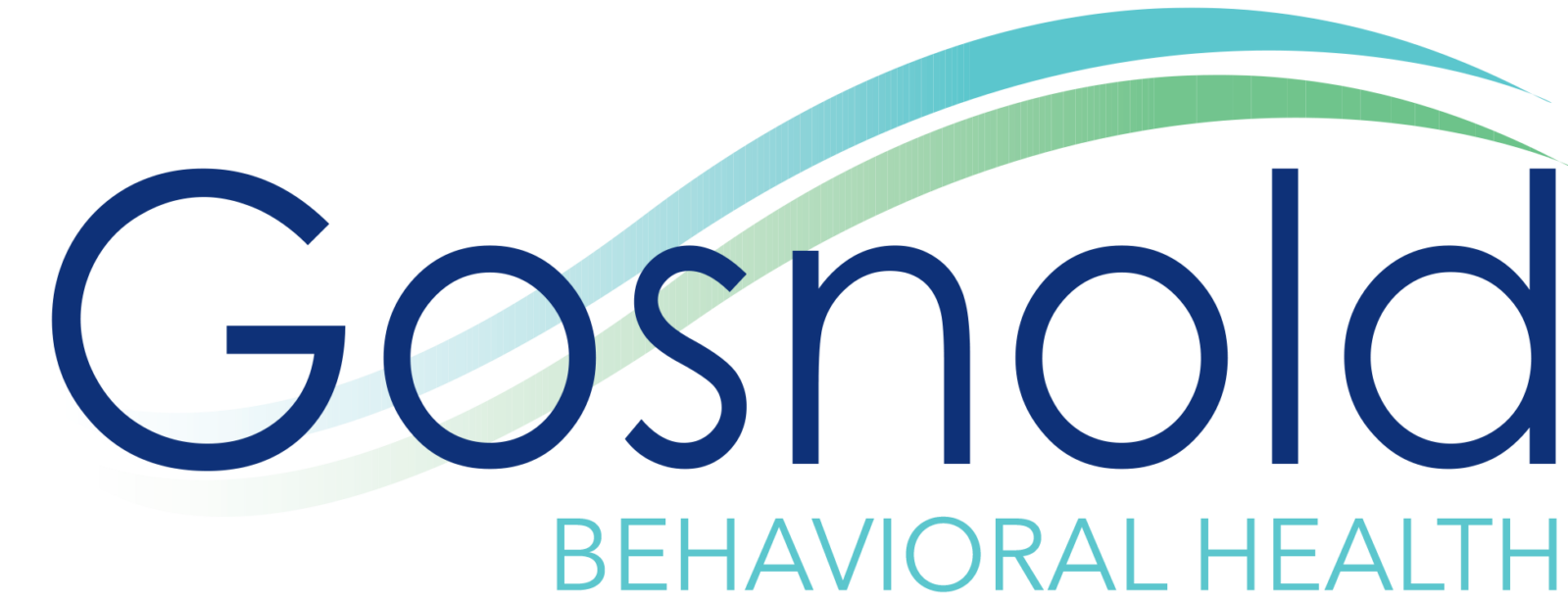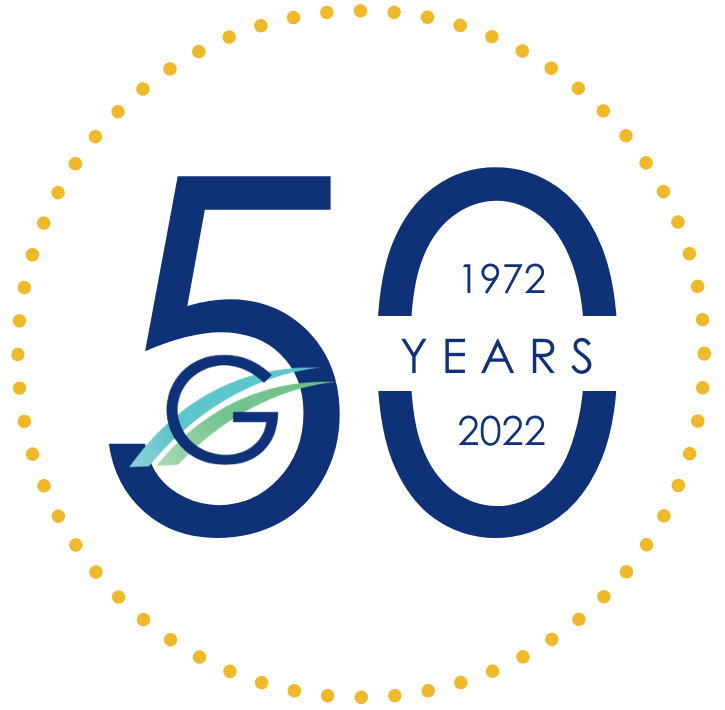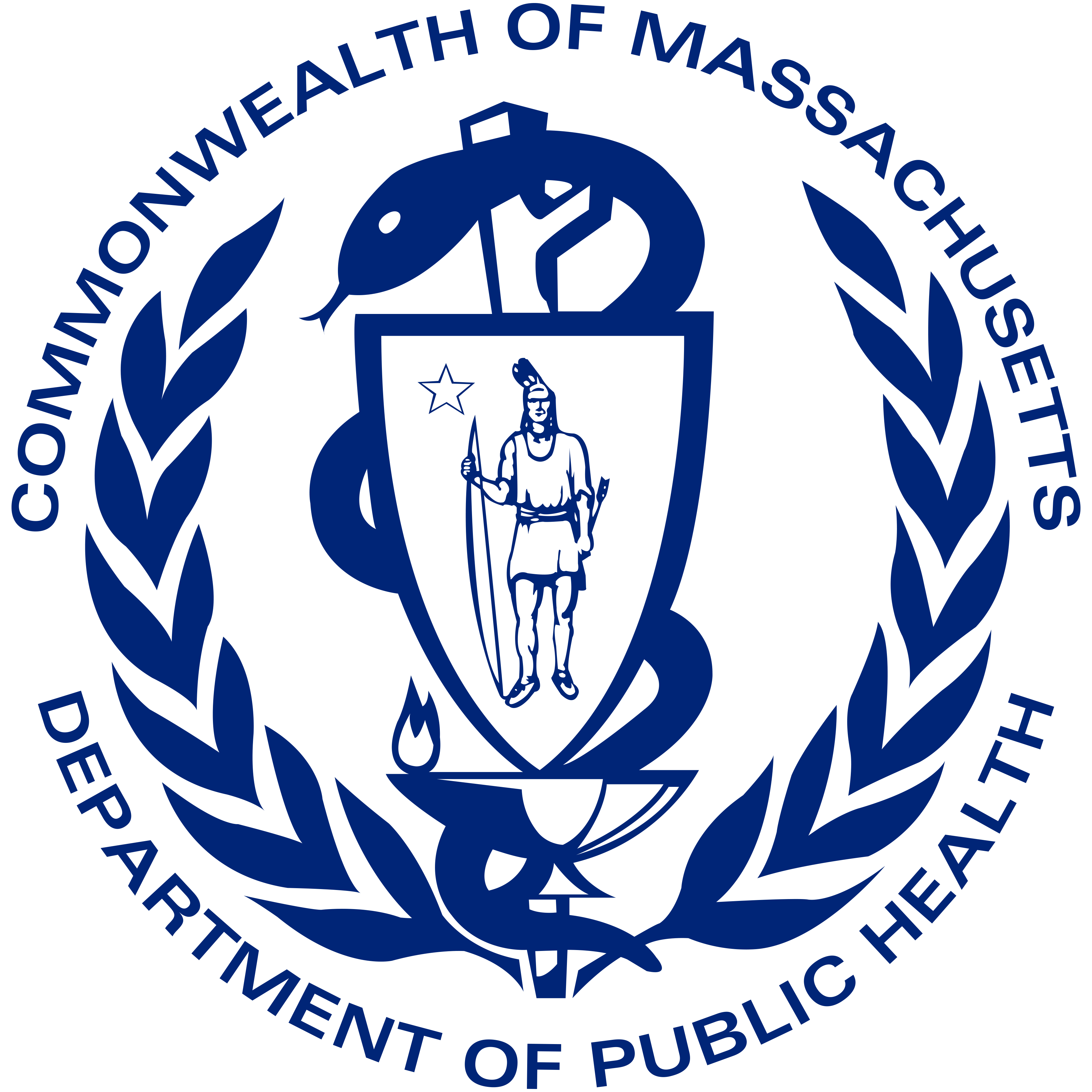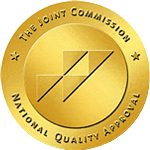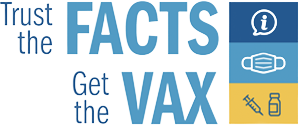Click to browse our glossary of addiction treatment terms.
Abstinence: Discontinuance and avoidance of the further use of a drug.
Addiction: Addiction is a primary, chronic disease of brain reward, motivation, memory, and related circuitry. Dysfunction in these circuits leads to characteristic biological, psychological, social, and spiritual manifestations. This is reflected in an individual pathologically pursuing reward and/or relief by substance use and other behaviors. Addiction is characterized by the inability to consistently abstain, impairment in behavioral control, craving, diminished recognition of significant problems with one’s behaviors and interpersonal relationships, and a dysfunctional emotional response. Like other chronic diseases, addiction often involves cycles of relapse and remission. Without treatment or engagement in recovery activities, addiction is progressive and can result in disability or premature death.
Ala-Non/AlaTeen: Is an international fellowship of relatives and friends of alcoholics who share their experience, strength, and hope in order to solve their common problems. They help families of alcoholics by practicing the Twelve Steps, by welcoming and giving comfort to families of alcoholics, and by giving understanding and encouragement to the alcoholic. Alateen is part of Al-Anon and is their Twelve-step program of recovery for young people affected by another’s drinking, generally aged 13 to 19 years (varies depending on each group). Alateen groups are sponsored by Al-Anon members. Al-Anon was formed in 1951 by Anne B. and Lois W., wife of Alcoholics Anonymous (AA) co-founder Bill W. They recognized the need for such an organization as family members living with AA members began to identify their own pathologies associated with their family members’ alcoholism.
Alcoholics Anonymous (AA): A fellowship founded in 1935 and concerned with the recovery and continued sobriety of the alcoholic who turns to the organization for help. The AA program consists basically of Twelve Suggested Steps designed for the personal recovery.
Alcoholism: Alcoholism is a primary chronic disease with genetic, psychosocial and environmental factors influencing its development and manifestation. The disease is often progressive and fatal. It is characterized by impaired control over drinking, preoccupation with the drug alcohol, use of alcohol despite adverse consequences and distortions in thinking, most notably denial.
Amphetamine: Behavioral stimulant.
Analgesic: Medication to treat pain.
AOD: Alcohol and Other Drugs.
Assessment: Interviewing a patient to obtain the sociological background, psychological makeup, educational and work history, family and marriage difficulties, and medical issues to better assess a patent’s need for treatment. Information is gathered and weighed carefully against specific criteria that determine the prevalence of substance abuse or addiction.
Barbiturate: Class of chemically related sedative-hypnotic compounds.
Bath salts: The informal “street name” for a family of designer drugs often containing substituted cathinone, which have effects similar to amphetamine and cocaine. The white crystals resemble legal bathing products like Epsom salts and are called bath salts with the packaging often stating “not for human consumption” in an attempt to avoid the prohibition of drugs, but chemically have nothing to do with actual bath salts. Bath salts can be swallowed, snorted, smoked, or injected. Swallowing and snorting are the most common routes of administration. Bath salts are active at doses of between 3 mg and 5 mg, with the average dose being between 5 mg and 20 mg. The risk of overdose is high, however, since the packets often contain 500 mg and suggest users use 50 mg. Users of bath salts have reported experiencing symptoms including a headache, heart palpitations, nausea, and cold fingers. Hallucinations, paranoia, and panic attacks have also been reported, and news media have reported associations with violent behavior, heart attack, kidney failure, liver failure, suicide, and an increased tolerance for pain. Visual symptoms similar to those of stimulant overdoses include dilated pupils, involuntary muscle movement, rapid heartbeat and high blood pressure. Many documented users have also had a history of mental illness.
Benzodiazepine (Benzos): Family of psychoactive drugs used to produce sedation, to induce sleep, to relieve anxiety and muscle spasms, and to prevent seizures. (Xanax, Valium, Ativan, and Restoril are some examples of benzodiazepines.) In high doses, benzodiazepines can cause respiratory depression. This can have an additive effect when combined with other CNS depressants like alcohol and can be fatal. Abrupt cessation of benzodiazepines is accompanied by a physical withdrawal that requires medical treatment.
Blood Alcohol Level or Concentration: The concentration of alcohol in the blood, usually expressed in percent by weight. Normally tested by breath analysis in driving under the influence cases.
Buprenorphine: Buprenorphine, also known as Suboxone, is a partial agonist drug. It is an opiate whose narcotic effects have limited efficacy or as it’s referred to “the ceiling effect”. It also binds to opiate receptors in the brain and because it binds so tightly, prevents other opiates (full agonists like oxycodone, heroin, or hydrocodone) from occupying those receptor sites. Although Buprenorphine is an opiate and can produce typical opiate effects and side effects such as euphoria and respiratory depression, its maximal effects are less than those of opiates like heroin and methadone. Patients may be maintained on low doses for extended periods and by doing so, avoid a return to the aforementioned full agonist opiates. Thus, Buprenorphine carries a lower risk of abuse, addiction, and side effects compared to other opiates like heroin. However, cessation of Suboxone can be difficult and will produce withdrawal when abruptly stopped. The trade name for Buprenorphine is Suboxone.
Campral: Campral is a delayed-release tablet for the treatment of alcohol dependence or alcoholism. It acts on some of the same receptors and transmitters (messengers) as alcohol. It can help to restore the chemical imbalance in brain cells caused by long-term alcohol use. Campral can help to reduce craving for alcohol.
Cognitive-Behavioral Therapy (CBT): A type of therapy in which the therapist helps the patient learn new skills to cope with problems and to change harmful behavior patterns. In addiction treatment, CBT is used to help patients learn and practice recovery coping skills such as refusal skills, dealing with cravings, and identifying drug using cues.
Central Nervous System (CNS): The brain and spinal cord.
Chemical Dependency: Sometimes used to mean addiction (see addiction definition).
Cirrhosis: Chronic liver disease marked by scarring of liver tissue and eventual liver failure.
Codeine: Narcotic drug in the opiate family and often an ingredient in cough medicine.
Co-Dependency: A mechanism whereby a person takes responsibility for actions of another and helps the other avoid facing problems directly in order to preserve stability in a family relationship.
Craving: A powerful desire/urge for a substance that cannot be ignored. An overpowering urge that one is ill-equipped to control through will. Usually, the urge cannot be suppressed indefinitely and results in taking the substance. Cravings are a symptom of the abnormal brain adaptations of addiction. Craving is often the cause of relapse after long periods of abstinence. New drugs are now available to help block craving and decrease the likelihood of relapse.
Cross Tolerance: Condition in which tolerance of one drug results in a lessened response to another drug. Thus, patients addicted to one drug will most often become addicted to a similar drug once tried-alcohol dependent patients will more rapidly develop a dependence on a cross- tolerant drug like a benzodiazepine.
CSAT: The Center for Substance Abuse Treatment (CSAT) of the Substance Abuse and Mental Health Services Administration (SAMHSA), within the U.S. Department of Health and Human Services (HHS); promotes the quality and availability of community-based substance abuse treatment services for individuals and families who need them.
CSAP: The Center for Substance Abuse Prevention.
Driver Alcohol Education (DAE): This program is for individuals convicted for the first time for drunk driving and who choose this option as an alternative to losing their license or possible incarceration.
DEA: Drug Enforcement Administration.
Denial: A defense mechanism that naturally occurs in all humans when the reality is too painful to acknowledge or accept. Denial manifests itself in many forms including intellectualize, rationalization, repression, or other forms to deny oneself the truth or reality, e.g., a person who is unable to admit that they have a problem with alcohol or drugs. Denial is believed to be a result of alcohol (and other drugs) effects on the cognitive control circuitry in the brain.
Depressant: Any of several drugs that sedate by depressing the central nervous system. Alcohol is a depressant drug; so too are benzodiazepines (Xanax, Valium, etc.).
Detoxification (Detox): Removal of a toxic substance such as a drug or alcohol from the body. Pertaining to addiction it is generally a medically supervised treatment for alcohol or drug addiction designed to purge the body of intoxicating or addictive substances. Such a program is used as a first step in treating physical dependence.
Doctor-Shopping: A phrase that refers to the practice of a patient requesting care from multiple physicians without making efforts to coordinate care or informing the physicians of the multiple caregivers, often with the intention to receive more medications than would otherwise be prescribed by a single caregiver.
Downers: Barbiturates, tranquilizers, alcohol, and depressants.
Drug Tolerance: The body and brain’s increased ability to tolerate a drug thus requiring more of the drug to achieve the desired effect. Tolerance is almost universally common in all addicted individuals.
Dual-Diagnosis: The term used to describe the condition of a person who has been diagnosed with an addiction and a co-occurring mental/emotional disorder such as depression, anxiety, or bipolar disorder.
DUI or DWI: Driving Under the Influence of alcohol or any substance, licit or illicit, that impairs the driving function. Also referred to as DWI-Driving While Intoxicated.
Enabling: Doing things for someone or covering up in an attempt to help but often with the result of sustaining the addiction. Examples are providing money that ends up being used to buy drugs instead of paying the rent, making excuses for alcohol- or drug-related dysfunction, and accepting “promises” to stop without requiring treatment. Enabling practices, while well intentioned, usually serve to prolong the addiction.
Ethanol: Ethyl alcohol or the beverage alcohol.
Fetal Alcohol Syndrome (FAS): A pattern of birth defects, cardiac abnormalities and developmental retardation seen in some babies born to alcohol abusing and/or alcohol dependent mothers
Fetal Drug Syndrome (FDS): A pattern of developmental birth defects characterized by low birth weight, growth retardation, premature delivery, or spontaneous abortion, and withdrawal symptoms for the neonate: seen in babies of drug dependent mothers.
Hallucination: Perception of objects or experience of sensations with no real external cause. Can be auditory, visual, etc.
Hallucinogen: Chemical substance that can distort perceptions to induce delusions or hallucinations. Examples are LSD, Mescaline, and PCP.
Hepatitis: Hepatitis is inflammation of the liver. Hepatitis can be caused by infections of various organisms, including bacteria, viruses (e.g., Hepatitis A, B, C), or parasites. Chemical toxins such as alcohol, drugs or poisonous mushrooms can also damage the liver and cause it to become inflamed. A rare but extremely dangerous cause of hepatitis results from an overdose of acetaminophen, which can be deadly. Hepatitis may resolve quickly (acute hepatitis) or cause long-term disease ( chronic hepatitis). In some instances, progressive liver damage or liver failure may result.
Heroin: An opiate drug that is synthesized from morphine, Heroin usually appears as a white or brown powder or as a black sticky substance, known as “black tar heroin.” Heroin can be injected, snorted/sniffed, or smoked. Heroin enters the brain, where it is converted to morphine and binds to receptors known as opioid receptors. These receptors are located in many areas of the brain (and in the body), especially those involved in the perception of pain and in reward. Opioid receptors are also located in the brain stem and are important for automatic processes critical for life, such as breathing (respiration), blood pressure, and arousal. Heroin overdoses frequently involve a suppression of respiration.
HIV: The Human Immunodeficiency Virus, the causative agent of Acquired Immunodeficiency Syndrome (AIDS).
Inhalant: A volatile substance that is introduced into the body through the lungs.
Intervention: A process that most often involves immediate family members and friends who come together with the assistance of a professional to organize communication of their concerns about a loved one’s drinking or drug use with the express purpose of convincing that person to accept and agree to treatment.
Intensive Outpatient Program (IOP): An intensive outpatient program (IOP) is a kind of treatment service and support program used primarily to treat eating disorders, depression, self harm and chemical dependency that does not rely on detoxification
Intervention: A process that most often involves immediate family members and friends who come together with the assistance of a professional to organize communication of their concerns about a loved one’s drinking or drug use with the express purpose of convincing that person to accept and agree to treatment.
Medication Assited Treatment (MAT): Medication assisted treatment (MAT) is the use of medications in combination with counseling and behavioral therapies for the treatment of substance use disorders.
Methadone (Dolophine): Methadone is used to relieve moderate to severe pain that has not been relieved by non-narcotic pain relievers. It also is used to prevent withdrawal symptoms in patients addicted to opiate drugs and enrolled in treatment programs in order to stop taking the drugs. Methadone is in a class of medications called opiate (narcotic) analgesics. Methadone works to treat pain by changing the way the brain and nervous system respond to pain. It also works as a substitute for opiate drugs of abuse by producing similar effects and preventing withdrawal symptoms in people who have stopped using these drugs).
Methamphetamine: A central nervous system stimulant drug that is similar in structure to amphetamine. Methamphetamine is a white, odorless, bitter-tasting crystalline powder that easily dissolves in water or alcohol and is taken orally, intranasally, by needle injection, or by smoking. Methamphetamine increases the release and blocks the reuptake of the brain chemical (or neurotransmitter) dopamine, leading to high levels of the chemical in the brain. Methamphetamine’s ability to release dopamine rapidly in reward regions of the brain produces the intense euphoria, or “rush,” that many users feel after snorting, smoking, or injecting the drug. Chronic methamphetamine abuse significantly changes how the brain functions. Recent studies in chronic methamphetamine abusers have revealed severe structural and functional changes in areas of the brain associated with emotion and memory, which may account for many of the emotional and cognitive problems observed in chronic methamphetamine abusers.
Morphine: Major sedative and pain-relieving drug found in opium, comprising approximately 10% of the crude opium exudate.
Narcotic: A drug having the power to produce a state of sleep or drowsiness and to relieve pain with the potential of producing dependence.
Narcotics Anonymous (NA): A fellowship of narcotic dependent persons who come together in meetings to support each other in achieving and sustaining a “clean and sober” life. The program philosophy is incorporated into twelve steps of recovery.
Naltrexone: Naltrexone, also known by the names Revia and Vivitrol, is a medication that blocks the effects of opioid drugs by affecting the parts of the brain that cause someone to feel euphoric or “high” from opiates. Vivitrol is an extended-release formulation of naltrexone that is taken by injection in once-a-month dosages. With once a month injections, patients don’t need to remember to take the pill every day. Other medications approved for opioid addiction treatment are methadone and buprenorphine, both of which require daily dosing and can be addictive. Naltrexone is also used in the treatment of alcoholism. Patients who take Naltrexone report reduced cravings or desire to drink.
Opiate: Any substance, natural or synthetic, that is related in action to morphine and binds to the same or some of the same, receptors. Some restrict the definition to mean opium, morphine, codeine and heroin, the natural ingredients of the poppy and their derivatives and exclude the synthetic narcotic analgesics.
Opioid: Any agent that activates opioid receptors (protein molecules located on the membranes of some nerve cells) found principally in the central nervous system and gastrointestinal tract. There are four broad classes of opioids:
-Endogenous opioid, naturally produced in the body, endorphins
-Opium alkaloids, such as morphine and codeine
-Semi-synthetic opioids such as heroin, oxycodone, and Buprenorphine
-Fully synthetic opioids, such as methadone
Over-the-Counter Drugs: Drugs legally sold without a prescription.
Partial Hospitalization Program (PHP): Partial hospitalization provides a structured program of outpatient psychiatric services as an alternative to inpatient psychiatric care. It’s more intense than care you get in a doctor’s or therapist’s office. This treatment is provided during the day and doesn’t require an overnight stay.
Polysubstance Abuse: Concurrent use or abuse of multiple substances (e.g., drinking alcohol as well as snorting cocaine or using narcotics).
Prevention: An active process of creating conditions or personal attributes that promote the well-being of people. Prevention is concerned with the early detection and intervention to keep beginning problems from becoming more severe
Psychedelic: Psychoactive drugs whose primary action is to alter cognition and perception. Likely to produce hallucinations. LSD and Mescaline are typical examples.
Psychological Dependence: A compulsion to use a drug for its pleasurable effects. Such dependence may lead to a compulsion to misuse a drug. A craving and compulsion to use a drug that is psychologically rather than physiologically based. For example, compulsive gambling is a purely psychological dependence.
Psychopharmacology: The study of the effects of drugs on mood, sensation, consciousness, or other psychological or behavioral functions.
Receptor: Special protein on the membrane of a target cell with which a drug, a neurotransmitter or a hormone interacts.RecidivismA pattern of frequent return or relapse to active drug use.RecoveryRecovery from substance dependence is a voluntarily maintained lifestyle characterized by sobriety, personal
Recidivism: A pattern of frequent return or relapse to active drug use.
Recovery: Recovery from substance dependence is a voluntarily maintained lifestyle characterized by sobriety, personal health, and citizenship. Recovery is a process of change whereby individuals work to improve their own health and wellness and to live a meaningful life while striving to achieve their full potential.
Relapse: Referring to addiction, relapse is a recurrence of symptoms of the disease after a period of sobriety.
Relapse Prevention: A therapeutic process for interrupting behaviors, beliefs, and self-talk that lead to lifestyle dysfunction.
Remission: A period of time in which the signs and symptoms of the addiction have disappeared.
SAMHSA: Substance Abuse & Mental Health Services Administration. A division of the US Department of Health & Human Services (HHS).
Second Offender Aftercare (SOA): This program is for individuals convicted of drunk driving for a second time. Individuals may choose this option as an alternative to at least 30 days incarceration.
Self-Help (Twelve Step) Group: Group of individuals with similar problems that meets for the purpose of providing support and information to each other and for mutual problem-solving. Narcotics Anonymous and Alcoholics Anonymous are examples.
Stimulant: Any of several drugs that act on the central nervous system to produce excitation, alertness, and wakefulness.
Structured Outpatient Addiction Program (SOAP): Structured Outpatient Addiction Program (SOAP) consists of short-term, clinically intensive, structured, day and/or evening substance use disorder services.
Substance Abuse: A maladaptive pattern of substance use leading to impairment or distress as manifested by one (or more) of the following, occurring within a 12-month period:
-Recurrent substance use resulting in a failure to fulfill major role obligations at work, school, or home (such as repeated absences or poor work performance; absences, suspensions, or expulsions from school; or neglect of children or household).
-Recurrent substance use in situations in which it is physically hazardous, such as driving an automobile or operating a machine when impaired by substance use.
-Recurrent substance-related legal problems, such as arrests for substance related disorderly conduct.
-Continued substance use despite having persistent or recurrent social or interpersonal problems caused or exacerbated by the effects of the substance (e.g., arguments with spouse about consequences of intoxication and physical fights).
Substance Dependence: A maladaptive pattern of substance use leading to clinically significant impairment or distress.
Spice: Spice refers to a wide variety of herbal mixtures that produce experiences similar to marijuana (cannabis) and that are marketed as “safe,” legal alternatives to that drug. Sold under many names, including K2, fake weed, Yucatan Fire, Skunk, Moon Rocks, and others—and labeled “not for human consumption”—these products contain dried, shredded plant material and chemical additives that are responsible for their psychoactive (mind-altering) effects.SuboxoneSuboxone contains a combination of buprenorphine and naloxone. Buprenorphine is an opioid medication similar to other opioids such as morphine, codeine, and heroin. However, it produces
Suboxone: Suboxone contains a combination of buprenorphine and naloxone. Buprenorphine is an opioid medication similar to other opioids such as morphine, codeine, and heroin. However, it produces a less euphoric (“high”) effect. Naloxone blocks the effects of opioids such as morphine, codeine, and heroin. Suboxone is especially effective when used to treat opiate withdrawal because it alleviates much of the discomfort of the withdrawal. Suboxone is also used in the long-term treatment of opiate addiction. However, it can cause dependence. This means that withdrawal symptoms may occur if the patient stops using this medication too quickly.
Therapeutic Community: The therapeutic community (TC) is an intensive and comprehensive treatment model. The first TC for substance users (Synanon) was founded in California. The core goal of a TC is to promote a more holistic lifestyle and to identify areas for change such as negative personal behaviors social, psychological, and emotional. Residents make these changes by learning from fellow residents, staff members, and other figures of authority. Peer pressure has remained an integral and important therapeutic technique.
Tolerance: Condition in which a person must keep increasing the dosage of a drug to maintain the same effect.
Tranquilizers: Psychoactive drugs that can be used to relieve symptoms of severe psychosis and referred to as Major Tranquilizers like Thorazine and Haldol or Minor Tranquilizers that are also psychoactive drugs with sedative and anti-anxiety effect, drugs like Valium, Librium, Xanax, and Klonopin.
TSS: Transitional Support Services are short-term (3–5 weeks ) residential programs that serve patients who are unable to secure placement in a half-way house.
Ups or Uppers: Stimulants; amphetamines.
Vivitrol: The injectable form of the drug Naltrexone that is used in combination with counseling and other psychosocial services to treat opiate or alcohol addiction. The effects of the injectable drug last up to one month and act by blocking opiate receptors in the brain thus blunting craving for the drug.
Withdrawal: A group of signs and symptoms resulting from the abrupt cessation of, or a rapid decrease in, the regular dosage of a psychoactive substance to which the body has become dependent. Often characterized by over-activity of the physiological functions that were suppressed by the drug and/or depression of the functions that were stimulated by the drug. For example, alcohol and benzodiazepine withdrawal can be accompanied by symptoms like rapid heartbeat, elevated blood pressure, tremors, extreme sweating and, in advanced cases, seizures and delirium tremens. These withdrawals may be life-threatening and should be treated in a medical setting-hospital or specialty addiction center (detox unit). Properly treated, these withdrawal symptoms generally abate within 48-96 hours.
